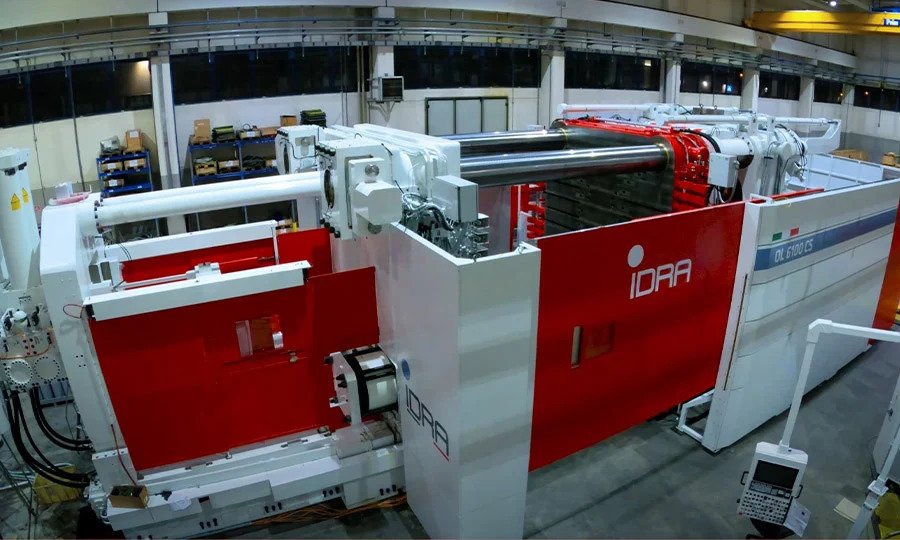One of Tesla's biggest recent successes has been the Model Y, which is built using gigapresses that help reduce manufacturing complexity and costs. The next project for the automaker's engineering team is to take those savings even further with even larger presses.
By building the Model Y with fewer, larger parts, Tesla was able to make it much cheaper to produce, improving its profit margins and giving it a price advantage as legacy automakers rush into the EV segment.
Now, Tesla wants to take it a step further and make a large portion of its upcoming sub-$25,000 compact EV out of a single part, according to five anonymous sources who spoke to Reuters. The strategy may rely on the use of machines even larger than the "gigapresses" Tesla currently uses in the Model Y. So, terapresses, if you will.
While the tools that make the Model Y's largest sections have between 6,000 and 9,000 tons of clamping pressure, these new ones could clamp down with as much as 16,000 tons of pressure to make even larger parts.
Specifically, Tesla is exploring the possibility of making the entire underbody of its upcoming small car (often referred to as the Model 2) out of one piece, saving both time and money during the manufacturing process. To put this in perspective, the equivalent part of a typical car is made up of about 400 pieces.
However, Tesla has not yet made a final decision on whether to go ahead with the project, due to the difficulty of getting the tools right. The bigger the press, the more expensive it is to make, and while a new car is being designed, a company can go through several iterations of tooling as it iron out things as small as squeaks and rattles or as large as structural flaws.
The breakthrough is in how the huge molds for such a large part are designed and tested for mass production, and how the castings can incorporate hollow subframes with internal ribs to save weight and improve crashworthiness.
The innovations, developed by design and casting specialists in the UK, Germany, Japan and the US, involve 3D printing and industrial sand. Specifically, Tesla has turned to companies that use 3D printers to make test molds out of industrial sand.
The report goes into a lot of technical detail, but the key point is that Tesla's upcoming small car gave the company a perfect opportunity to cast an EV platform in one piece, mainly because its underbody is simpler.
Tesla's $25,000 car and its robotaxi version don't have big front and rear overhangs, nor do they have much of a hood or trunk.
"It's like a boat in a way, a battery tray with small wings attached to both ends. That would make sense to do in one piece," one of the insiders told Reuters.
Elon Musk's vision from the start was to find a way to cast the underbody in one piece, despite the risks, the sources said, and that's what the company is working on.
Source: Reuters


